Adjusting the Lens

by Isabel McCullough, Reference Assistant
The study of architecture is an interesting endeavor. Buildings are generally large, immobile, and subject to change. Buildings are rarely in a convenient location, and even if you are able to see a building in person, you can never take in the entirety at once — you cannot be both inside and outside or standing on multiple floors simultaneously.
The forms through which we study architecture, including photographs and various types of architectural drawings, have their own kind of permanence. In the case of drawings, these forms of documentation were the place where the buildings began from conception. And often, photographs and drawings are all that is left of structures that have been torn down or fallen to ruins. In other cases, buildings are planned in concept only. The structure never comes to be, or at very least not in the way it was drawn.
One of the architecture classes I took as an undergraduate student posed one big question on this topic: What is the true expression of architecture? Is it the concept as the architect imagined it? The three dimensional manifestation of the concept as the structure itself? Or the collection of two dimensional plans, drawings, and photographs that collectively try to represent a three dimensional space? I never came to a satisfying conclusion, but I think the question bears asking, and it’s a question that has stuck with me.
As a Reference Assistant at SCRC, I’ve worked on several research projects on the history of SU, and in particular SU’s buildings and grounds. Often, the research included looking for photographs. Nearly every time this unanswered question was in the back of my mind and grew to encompass far more than just a question of architecture. Studying the history of a University is an equally complex endeavor. Universities, too, are large, immobile, and subject to change. Not to mention the fact that they tend to have several pieces of architecture of their own.
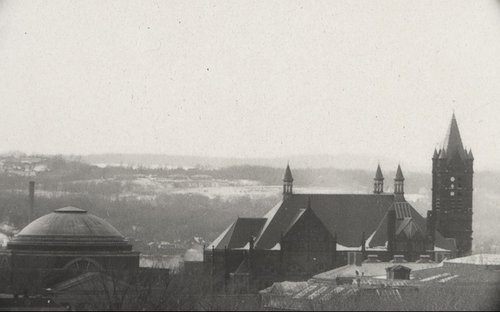
View of Syracuse University Campus, including Hendricks Chapel and Crouse College. Syracuse University Photograph Collection.
For the most part, the images in the Syracuse University Photograph Collection were created and saved with the intention of documenting the complexities of this University and its changes over time. These are the breadcrumbs through which we make history. But as I’ve spent time with this collection, I’ve come to see how much more it has to offer.
Both the problem and joy of documenting something as immense and multifaceted as a building or a University stems from the fact that by creating a piece of documentation, such as a photograph, that documentation becomes a new medium of its own. Photographs recontextualize SU’s campus into new expressions of art and architecture.
Yes, these photographs document SU’s history, but they also capture moments of whimsy and synchronicity.
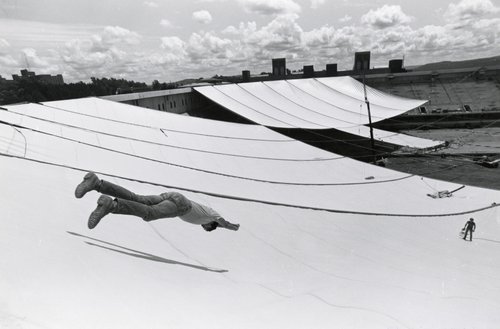
Man sliding down uninflated roof of the Carrier Dome during Dome construction, June 12, 1980. Syracuse University Photograph Collection.
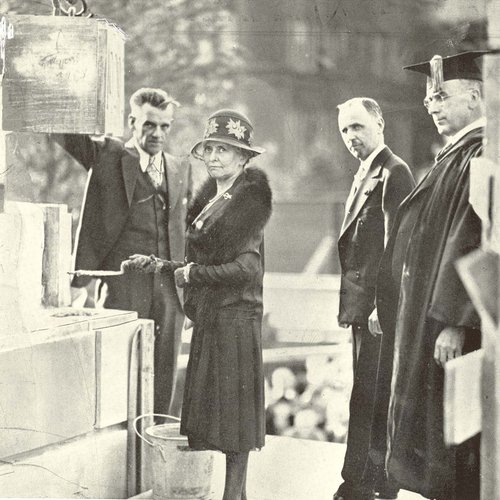
Laying of the cornerstone of Hendricks Chapel, June 9, 1929. Syracuse University Photograph Collection.
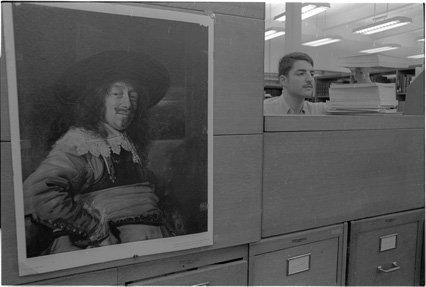
Interior of Carnegie Library, c. 1968-1969. Syracuse University Photograph Collection.
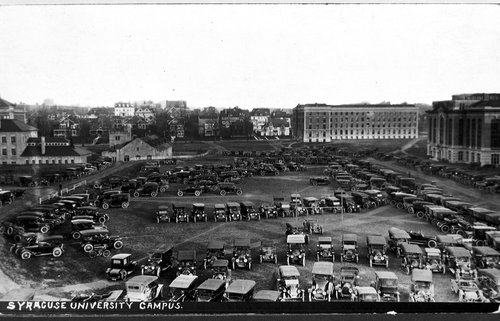
Cars parked on the quad of Syracuse University Campus, c. 1920s. Syracuse University Photograph Collection.
When taken as a whole, these images can show how one structure can be both light and dark.
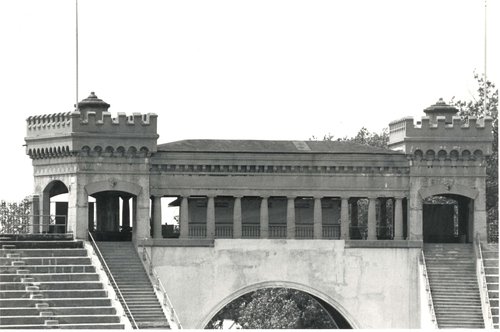
Exterior view of Archbold Stadium promenade over gateway arch, 1970. Archbold Stadium was demolished December 1978 to March 1979. Syracuse University Photograph Collection.

Interior view of tower entrance to Archbold Stadium from Irving Avenue, c. 1940s. Syracuse University Photograph Collection.

Interior view of the grand stairway in Crouse College, c. 1960. Syracuse University Photograph Collection.

Exterior view of Crouse College. Syracuse University Photograph Collection.
How one sculpture can by turns be sorrowful, pensive, or imposing.
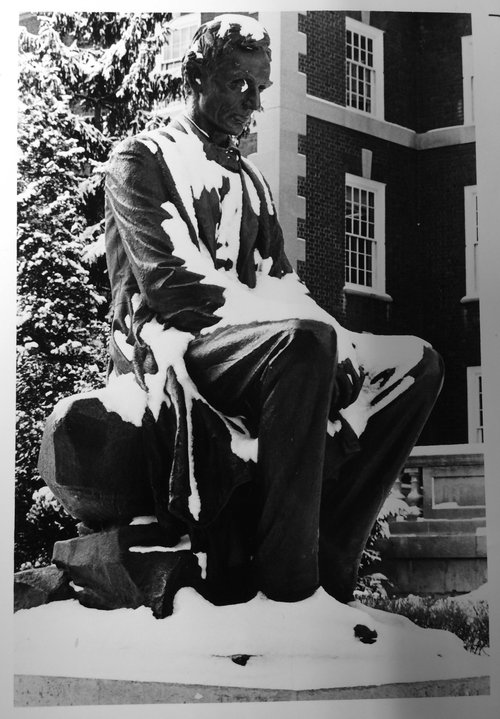
Statue of seated Abraham Lincoln, sculpted by James Earle Fraser and cast 1968. Syracuse University Photograph Collection.
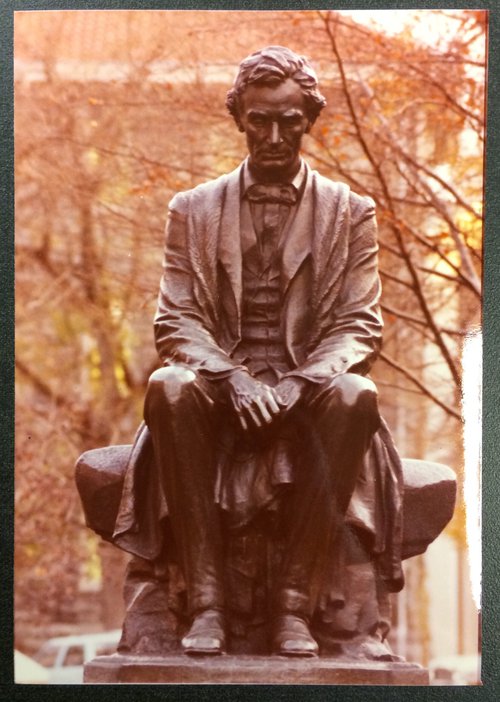
Statue of seated Abraham Lincoln. Syracuse University Photograph Collection.
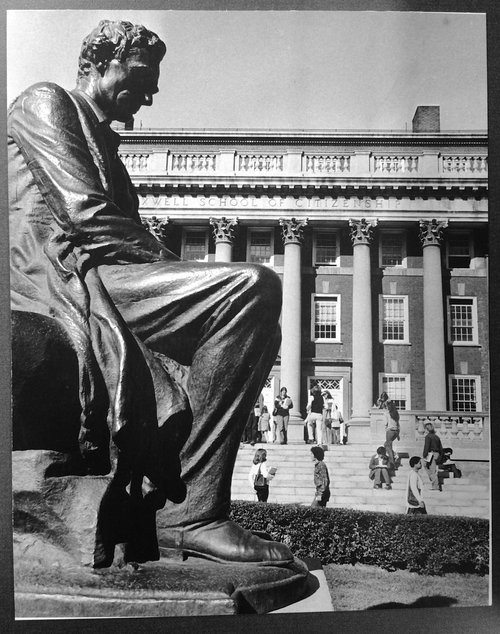
Statue of seated Abraham Lincoln. Syracuse University Photograph Collection.
By adjusting the lens through which we view these pieces of documentation, we can take them in as art in their own right. We can see the different elements of the photograph other than the primary subject.
The framing and lighting.
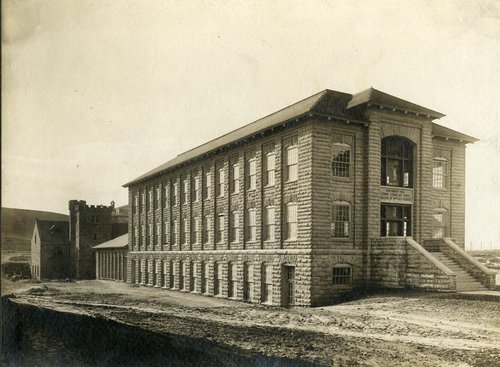
Exterior view of Machinery Hall, c. 1907-1910. Syracuse University Photograph Collection.
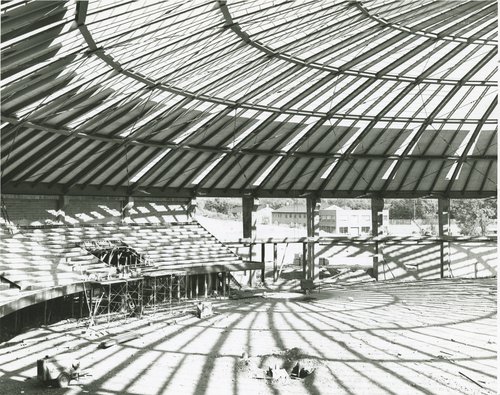
Interior view of Manley Field House under construction, c. 1961-1962. Syracuse University Photograph Collection.
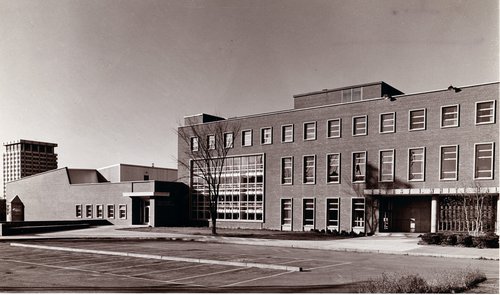
Exterior view of White Hall, 1965. Syracuse University Photograph Collection.

Shadow of Supplicant Persephone, sculpted by Ivan Mestrovic and cast in 1945, on the wall of Shafer Hall. Syracuse University Photograph Collection.
The unintended subject in the foreground or background.
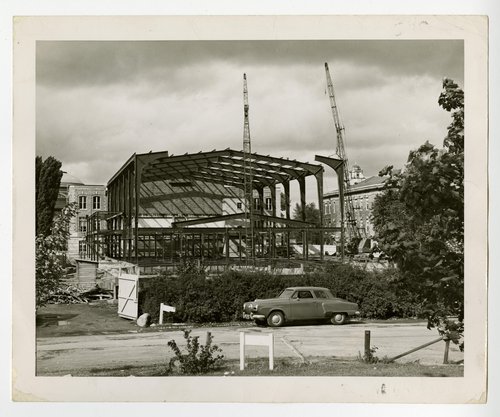
Reconstruction of Archbold Gymnasium, c. 1947-1949. Archbold Gymnasium was originally constructed in 1908, but the building was nearly completely destroyed by a fire in January 1947. Syracuse University Photograph Collection.

Woman reading near Elemental Man, sculpted by Malvina Hoffman and cast in 1936. Syracuse University Photograph Collection.
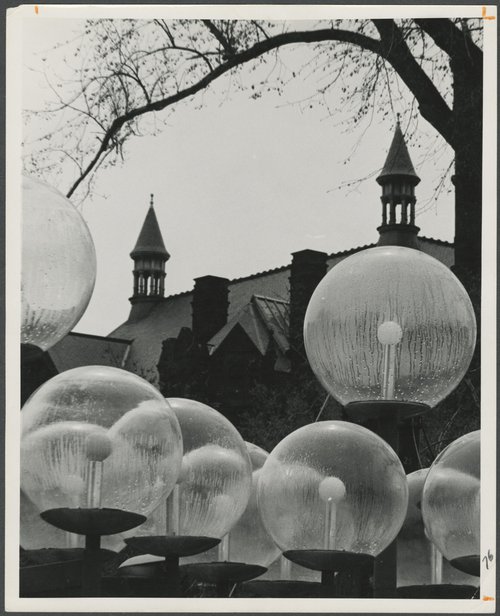
Exterior view of Crouse College, 1966. Syracuse University Photograph Collection.
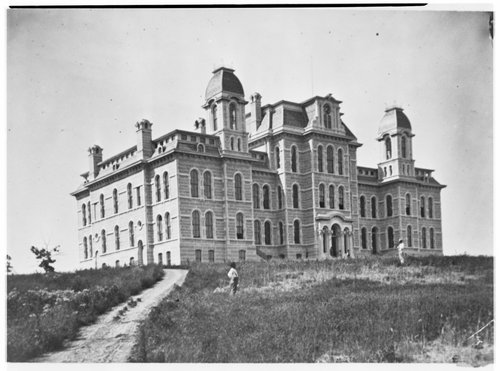
Exterior view of Hall of Languages, 1886. Syracuse University Photograph Collection.
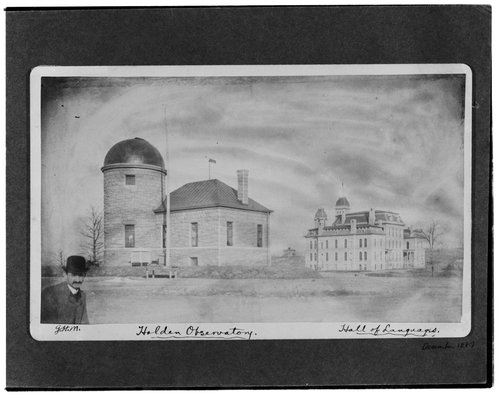
Exterior view of Holden Observatory and Hall of Languages, December 1887. Syracuse University Photograph Collection.
The elements that make these images seem something more than what they were intended to be.
These details compiled across a collection of images are what make the whole greater than the sum of its parts and what brings some humanity into studying the history of a University campus.
The Syracuse University Photograph Collection (Syracuse University Photograph Collection, University Archives, Special Collections Research Center, Syracuse University Libraries) is part of our University Archives collections.
